|
The optical appearance of slate
The optical properties of stones comprise colour, brightness, reflection and transparency. Colours of rocks are governed by the rock forming minerals and, in the case of slates, also by the amount of organic matter.
One can generally distinguish between genuine colours and superficial colours of slate. The main genuine colours of slates s.s. are black, red and green. Superficial colouring occurs also in slate and these colours are results of iron oxide bearing water, moving along bedding- and/or cleavage planes.
The deposition of iron oxides and limonites results in very different brown-reddish colours on the surface. In few cases slates show grey to light-grey superficial spots.
Most slates show colours from black to grey sometimes with bluish shades and the organic matter (Corg.) is the main component of this black-grey colours.Sometimes slates show single spots or points or clusters which are a result of reduction processes.
Other optical properties comprise the smoothness of the splitting plane and cutting edges as well as the thickness of the trimmed shingles. This appearance is probably mainly governed by the morphology of the fabric, sedimentary pattern and content of organic carbon. However, it is not possible to quantify exactly the influence of the single factors.
Pictures
Move mouse over thumb to enlarge.
-

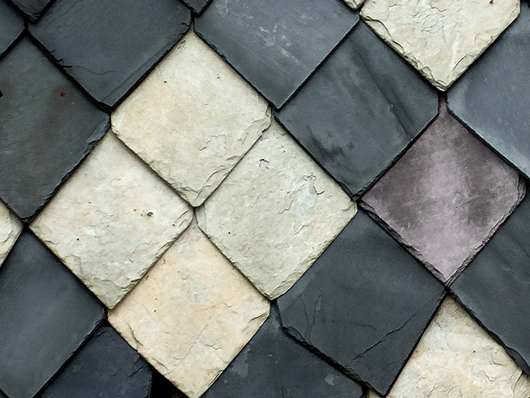
Fig. 1: Black and white slate on a facade in the village of Wilschdorf (Saxony, Germany). The origin of the slates is unkown.
-

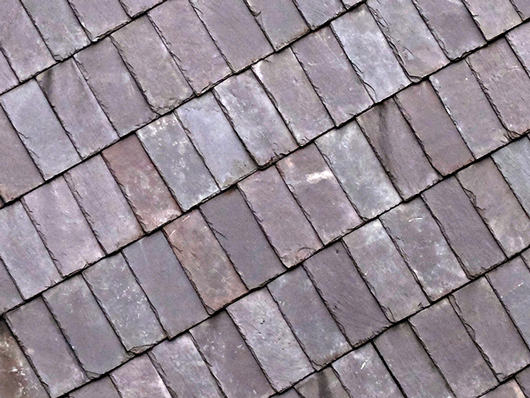
Fig. 2: Red slate on a facade in the village of Saupsdorf (Saxony, Germany). The slate steams from Penrhyn in Wales.
-

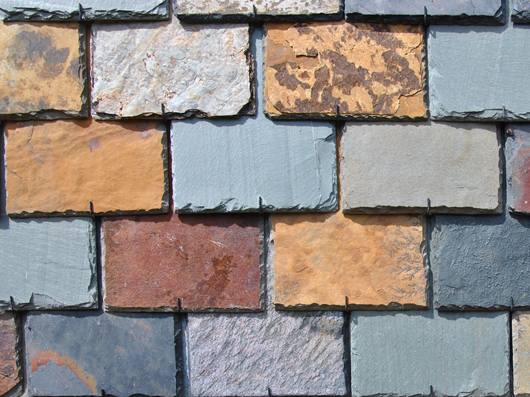
Fig. 3: Green-grey slate with brownish-red superficial discolouration (origin: South Africa).
-

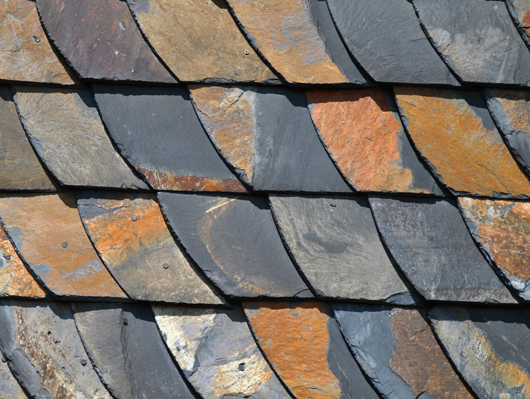
Fig. 4: The original dark slate gives the facade a lively appearance due to the brownish-red superficial discolouration ("Röttersdorfer Schiefer", Thuringia, Germany)
-

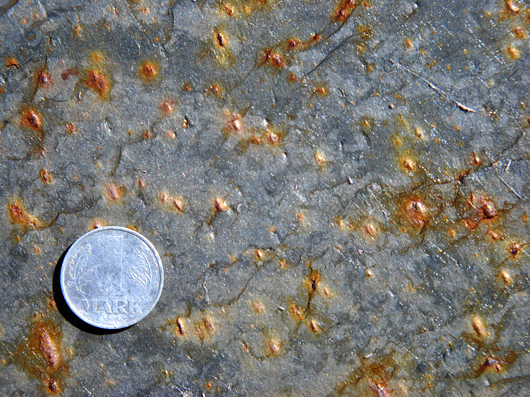
Fig. 5: Discolouration due to iron sulphide minerals. Discolouration is more an aesthetic issue and does not concern the technical functionality of the roof (slate from the El Courel slate district Galicia, Spain).
-

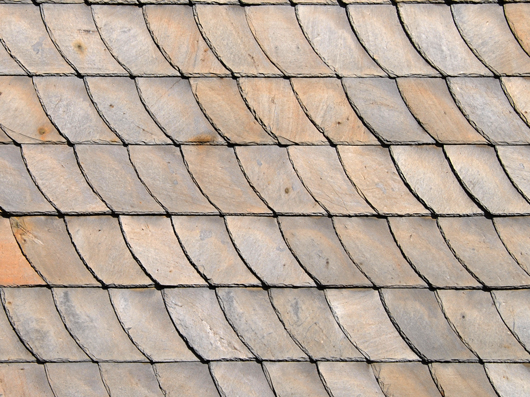
Fig. 6: Dull brown slate. The brownish colouring is probably caused by iron bearing carbonate minerals. This discolouration is typical for the slate of the town of Goslar (Lower Saxony, Germany).
-

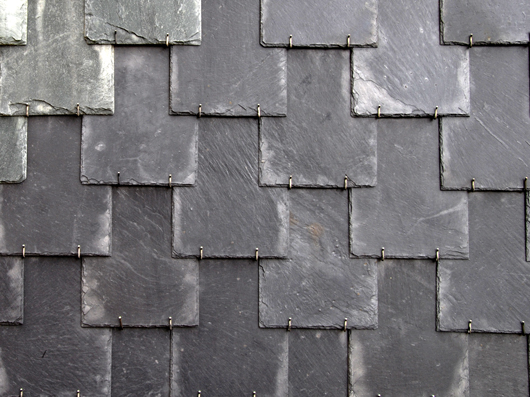
Fig. 7: A regularly developed cleavage plane leads to a smooth splitting plane and neat cutting edges. It depends, of course, also on the way of trimming.
-

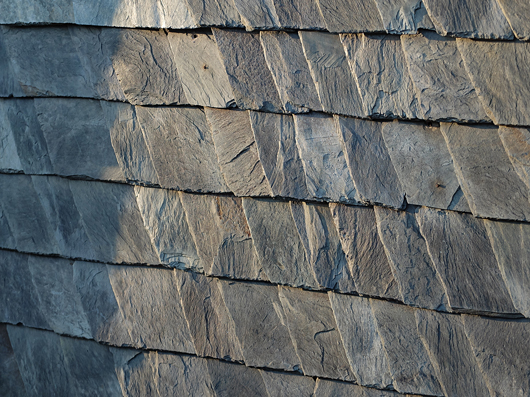
Fig. 8: An irregularly developed cleavage plane leads to a rustic splitting plane. It depends, of course, also on the way of trimming.
-

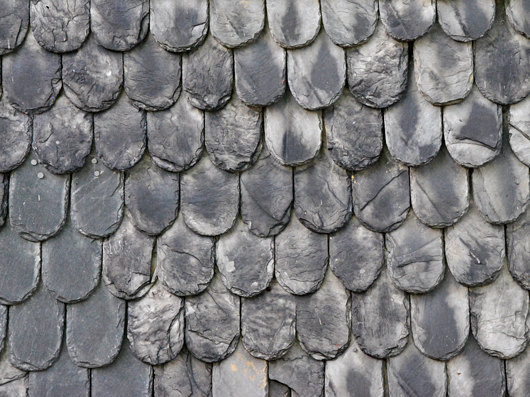
Fig. 9: A rustic splitting plane with lacerated cutting edges. The reason could be a very inhomogeneous cleavage plane and, of course, also on the way of trimming (Kaub, Rhineland-Palatinate, Germany).
-

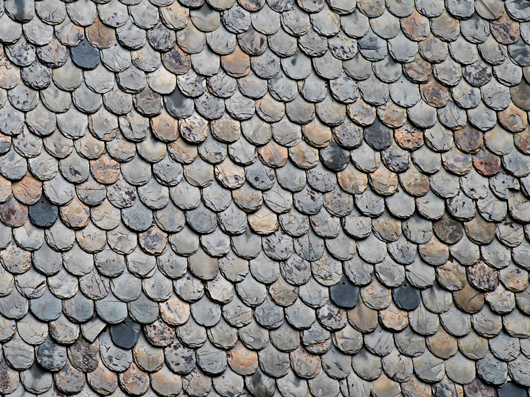
Fig. 10: Partly discoloured slate with a rustic splitting plane. This slate is typical for the Hunsrück mountains (Rhineland-Palatinate, Germany).
|

